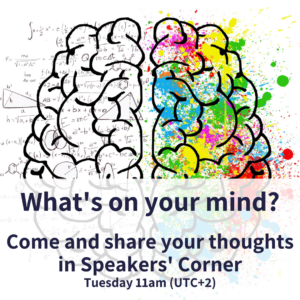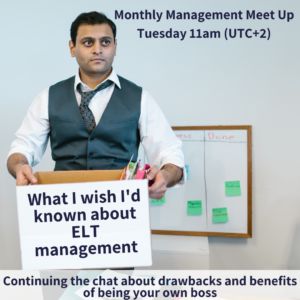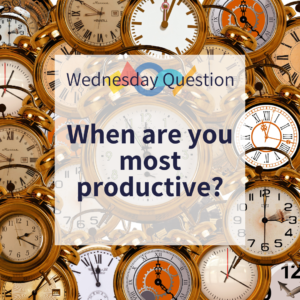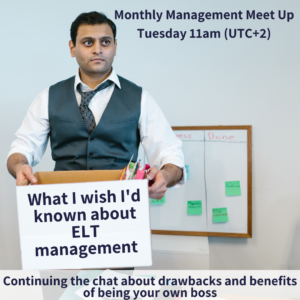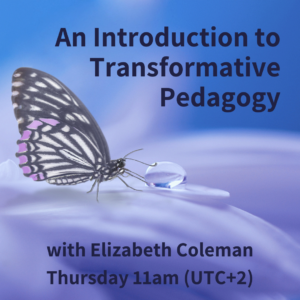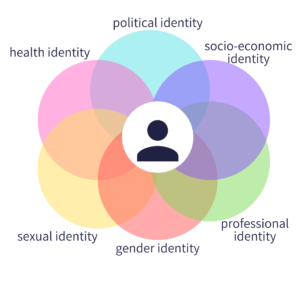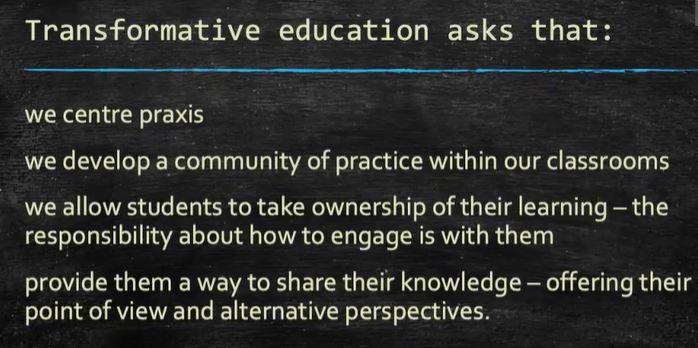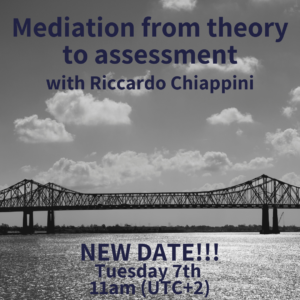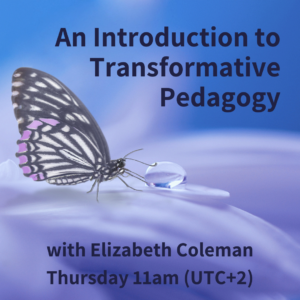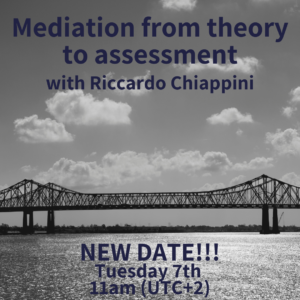After a quick hello, we kicked off this morning’s session with Andrew sharing his thoughts about coursebooks and the restrictions around lexis. If we are tied to providing students with lexis at a particular level, certain topics will be excluded from the book. He also argued that low-level coursebooks aim for students to achieve ‘accurate fluency’ through a grammatical syllabus, which doesn’t always allow them to have the conversations they would want to have. This led on to some interesting discussion about how we can help learners to dreate their identity in the classroom with the language the coursebook provides as well as what we can bring in to enable them to have more natural conversations.
If you’re interested in finding out more about a lexical approach, check out Teaching Lexically and Lexical Lab also runs a course on teaching low-level learners.
How can we support lower-level learners and create a more authentic language learning process?
Next up, Michelle introduced us to the idea of solarpunk as she had been looking into it for some artwork in a coursebook she’s working on. Solarpunk is an art movement which imagines a utopian future in which we have created the best society we can and is heavily influenced by ideas around social justice and environmentally-friendly lifestyles.
From this, we chatted a little about whether solarpunk could be considered a PARSNIP – the ‘punk’ in the name refers to the anti-ism of the movement, which might be seen as a sensitive topic in some ELT contexts.
We chatted a little about some of the constraints put on coursebooks; Raise Up! got a mention as a project which is trying to introduce more diverse themes into ELT materials and we also chatted about the ‘happiness’ of ELT materials.
